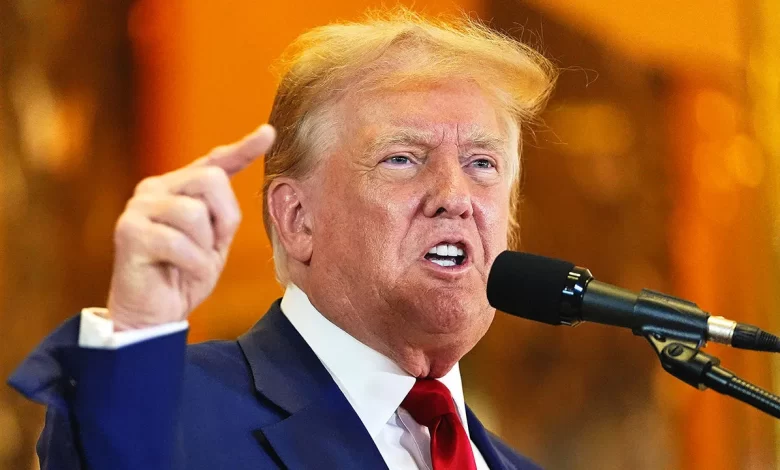
Jordan Daily – In a report released Wednesday, ING Group’s strategists analyzed the potential impact of US President Trump’s new 25% tariffs on steel and aluminum imports on Asia’s trade landscape.
According to ING, Vietnam appears most exposed, with its steel and aluminum exports to the US amounting to 0.3% of gross domestic product (GDP) in 2024. Vietnam’s role as a major processor of Chinese semi-processed steel for re-export amplifies its vulnerability.
South Korea also faces significant exposure. While it currently enjoys a tariff-free export quota, its recent exports to the US have been below this limit.
“While it’s uncertain whether Trump will remove the quota system, it appears that South Korea has some negotiating leverage,” ING’s report states.
Overall, the broader impact of Trump’s ‘America First’ policy will be felt most by North Asia, particularly China, Korea, and Vietnam, which have large trade surpluses with the US and are heavily reliant on external demand.
“Trump’s ambitions to scale domestic production of hi-tech goods should impact Asia economies that are major exporters of semiconductors, AI and new energy sector-related goods,” ING strategists said in the note. Japan and Taiwan also face heightened risks due to their significant exports in these sectors.
In contrast, India and the Philippines are less exposed as their economies are driven more by domestic demand. However, ING cautions that “if services trade is targeted by Trump’s tariffs, sectors such as outsourcing and software services could be negatively impacted.”
Malaysia, Thailand, and Indonesia sit in the middle. Malaysia and Thailand’s roles in semiconductor and auto supply chains, respectively, provide some buffer due to recent supply chain shifts. Indonesia’s EV sector could suffer from Trump’s rollback of incentives under the Inflation Reduction Act.
ING notes that the Association of Southeast Asian Nations (ASEAN)’s growing dependence on China could magnify the impact of tariffs. The bank highlights that China accounted for almost 26% of ASEAN’s total imports in 2024, a marked increase from 16% a decade earlier.
Sector-wise, Electronics stands out as the most vulnerable sector. Vietnam’s rising share in US electronics exports, driven by the China+1 strategy, positions it at risk. Furthermore, Malaysia’s significant role in supplying integrated circuits to the US and Mexico adds another layer of exposure.
“Asia is not only an important supplier of intermediate electronic inputs for the US and China, but also for Mexico despite the physical distance,” the report notes.
On the other hand, the bank says ASEAN and India could benefit from increased US foreign direct investment (FDI).
ING notes that US stakes in Asia have increased, with the US accounting for “one-third of net FDI inflows into ASEAN in 2023.”
“This suggests that ASEAN is playing a significant role in the China+1 strategy,” it added.
Major US companies like Intel (NASDAQ:INTC), Apple (NASDAQ:AAPL), and Google (NASDAQ:GOOGL) are expanding operations in Vietnam, Malaysia, and Thailand, potentially softening the immediate impact of universal tariffs and opening doors for future bilateral trade discussions, including digital trade agreements.
Investing

